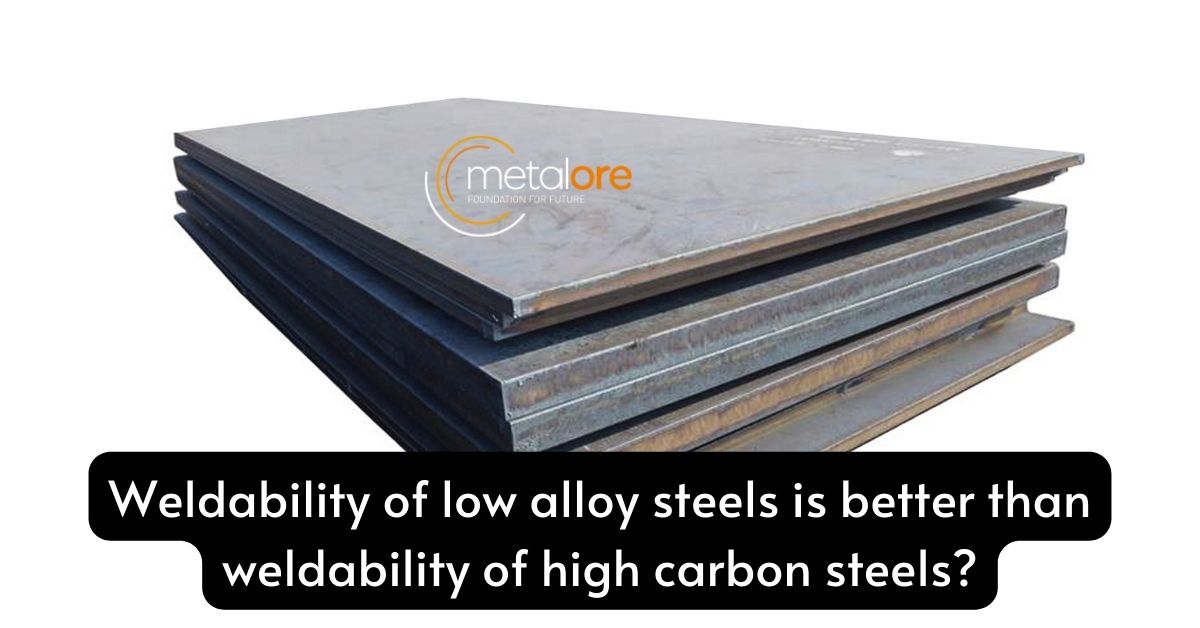Alloy High Carbon Steel Plates have many more alloy elements than low alloy steels, which have a smaller number of alloy elements. The majority of the time, alloy components are added to steel to boost its durability and hardness. Alloy High Carbon Steel Plates are also resistant to corrosion as a result of the substantial amounts of extra elements, such as chromium, that are present. Low alloy steels can usually be welded, but the service, joint configuration, and material type subgroup must all be specified. Low High Carbon Steel Plates can be welded using a variety of techniques as long as sufficient precautions are taken to prevent defects. Knowing the composition of the material is crucial because it significantly affects weldability, whether from a mill sheet or a specialist chemical analysis.
High-carbon steel also referred to as tool steel, has a carbon content ranging from 0.60 to 1.70 percent. Although it can be quenched and tempered, it has poor weldability. The heat-affected zone hardens more, cold cracking increases, and weldability declines with increasing carbon content. But as the carbon or alloy content increases, the heat-affected zone hardness rises, making low alloy steels more challenging to weld.
There are many different chemical compositions of High Carbon Steel Plates, which is a broad category of steel. Although iron makes up the majority of carbon steel, there are a number of other elements that can be added (such as the amount of carbon) that can significantly affect how easily it can be welded. Knowing the type of carbon steel being used is crucial when working on a project that involves welding. If crucial elements, like extra components or the carbon content range in each grade, are unclear, a weld may fail.
Depending on the type of High Carbon Steel Plates, different components are present in different proportions. As a result, steels are primarily categorized according to their chemical composition. Steel comes in two different varieties: alloy steel and carbon steel. The primary difference between alloy steel and carbon steel is that alloy steel contains several other elements in addition. To iron and carbon, whereas carbon steel only contains trace amounts of these additional elements.

